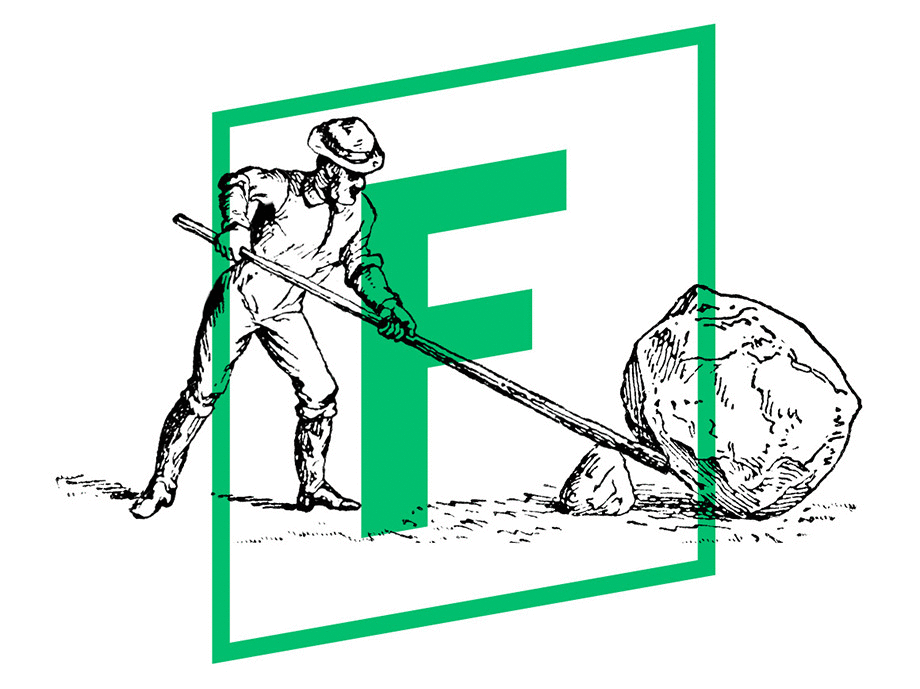
Adaptive 3.0: Using AI to rework Confidence in Adaptive Learning
We all know that…
The Great Wall of China is visible from space.
Bulls hate the color red.
And it’s best to wait 30 minutes after eating before swimming.
Except none of this is true.
Discovering that something you thought you knew, something you were sure of, is actually wrong can be uncomfortable. It brings up some of our least favorite “failure” emotions, like humiliation and self-recrimination, and it tends to knock us down a peg or two. But it’s also one of the very best ways that we learn. In fact, science shows that that the more certain you are of your wrong answer, the better you will learn the right one after being corrected.
Traditional Adaptive Learning & Confidence
Perhaps this is why, many of the adaptive learning platforms on the market today ask learners to identify how confident they are in their answer choices. In a variety of ways, these technologies ask learners to evaluate how certain they are that their selected answer is the correct one – banking on the research that when a learner indicates high confidence and is wrong, they’ll experience a deep learning event. Essentially, they tear down learner confidence, and then try to rebuild it around correct knowledge.
Challenges
There are a couple of significant challenges with this approach. First of all, as a species, we’re pretty horrible at judging our own competency, including our knowledge. (Read more about how we tend to overestimate our confidence here and see how overconfidence can affect post-training survey accuracy here.) Learning technologies that repeatedly ask learners to indicate how confident they are about their knowledge only encourage this cognitive fallacy. Assessing confidence in this repetitive way also impacts the learner experience. Learners can quickly become annoyed, experience decision fatigue and even become discouraged from new learning opportunities in the future if they know they’re going to be asked how “sure” they are over and over again.
Secondly, while science shows us that we learn well from making confident mistakes, it also tells us that too much failure can produce some long-lasting, negative effects. It can:
- Make goals seem less attainable
- Increase performance anxiety
- Make learners question their abilities (reduce their overall self-efficacy/confidence)
In the learning environment, feelings of failure and the decreased confidence that comes from being told, “you’re wrong” too often, can lead to disengagement in learning, loss of trust and a reluctance on the part of the learner to buy in to the training.
Finally, confidence is not so easily rebuilt. If a learner experiences failure in such a way that damages their overall sense of self-efficacy, they’ll likely have a hard time building it back up. That’s because confidence is often best developed overtime through techniques like:
Mastery experiences – Experiencing previous successes or positive experiences with the endeavor
Vicarious Learning – Examining the experiences of others and applying an “if they can do it, I can do it” mentality
Modeling Behavior – Finding examples of people who are involved in the same activity but performing at an extremely high level to emulate
Social Persuasion – Hearing positive verbal reinforcement like, “good job!”
What does AI have to say about confidence?
We’ve talked about before about the critical role confidence plays in successful learning and performance and how overconfidence can lead to poor learning outcomes. And as we’ve seen so far, leveraging confidence to deliver deep learning experiences has its detractions. As we enter a new era of adaptive learning – Adaptive 3.0 – where advanced AI and machine learning are improving the capabilities of adaptive technology and addressing some of its most significant challenges, what does it have to say about confidence? How can adaptive technologies be built in such a way that they’re able to build confident mastery of skills, without first having to tear down a learner’s existing confidence?
Our adaptive learning platform leverages several tactics to incrementally improve learner confidence – without ever first having to tear it down. Here’s how we do it:
We know that practice makes perfect
Fulcrum’s platform allows learners to access practice assessments whenever they’re ready. So if a user wants to jump straight into practices assessments, they can. Conversely, if they want to review some content before they attempt an assessment, that’s okay too. As learners move through our system, they also receive personalized, instant feedback in various forms just like they would with a one-on-one coach (which improves comprehension and performance). For example, our prominent Progress Meter let’s users monitor where they are in the process and advances for every answer they get correct on the first attempt. Incorrect answers don’t make the Progress Meter go backward; nothing does, because it’s practice! And we do celebrate correct answers with an animated star, which does different animations if the learner is on a “streak” of correct answers. By giving users instant feedback on their progress and performance, our platform keeps learners on track. And highlighting successes, or instances of “perfect practice,” ensures users that they’re moving in the right direction and builds confidence.
We find the optimal challenge for each learner
Our AI is working with the adaptive stack of questions to find the optimal challenge – the appropriate level of difficulty personalized to each individual’s knowledge needs – from an assessment bank which includes a range of lower-order and higher-order questions. This means that the questions are never so hard that leaners get discouraged (lose confidence), but never so easy that learners becomes bored. It creates the optimal level of difficulty for engagement and learning
We provide hints, rather than correct answers, to encourage mastery experiences
Research shows that mastery experiences (moments of success in learning) are critical to developing improving confidence. That’s why we recommend not giving learners the correct answers when they’re wrong. Instead, we provide hints that help learners reason out the correct answer or point them back to the content to find it. Once they make it to the correct answer on their own, they’re more likely to accurately remember it and they have an improved sense of competency. “I did it.”
We boost memory
The system’s AI serves up timed memory boosters for learning objectives that might need refreshing and/or for things that weren’t quite solid yet. Learners either get them correct and boost their confidence right there, or they’re lead back to content that helps them shore up mastery and confidence is boosted in those experiences.
We’re on the learner’s side
The platform is designed to always present itself as “on your side”. This gives learners confidence in its ability to help them learn. For example, within the Fulcrum platform, we emphasize “practice,” rather than testing probing or assessing. Additionally, our system gives learners the autonomy to control how they engage with content, how they receive feedback and how they self-remediate. We provide the scaffolding, the encouragement and the direction (just like a one-on-one coach would), but ultimately, it’s up to the user to do the hard work of learning. Learners develop greater mastery and confidence when they exercise ownership over their learning.
Recently, we’ve been adding other layers of transparency to communicate “we’re with you.” For example, the note in the screenshot below let’s the learner know the system is adjusting to their learning needs:

We’re watching behavior as well as performance
Our AI-powered BKM (Behavioral & Knowledge Mapping), uses both behavioral input and performance data to determine confident mastery. In turn, we use these insights to predict those likely to apply the training and identify those who are at risk of not applying the training back on the job.
Confidence is absolutely critical to learning and performance, but just as with any other emotion, it can be fragile. That’s why our adaptive platform works so hard to incrementally build confidence. We never tear it down or damage a learner’s self-efficacy in the pursuit of knowledge gain.
To learn more about how Fulcrum’s Adaptive 3.0 learning platform is leveraging AI and machine learning to overcome some of the traditional challenges of adaptive learning, let’s connect. Or check out our short overview video to see our adaptive approach in action.
Adaptive Learning 3.0: Finding the Right Learning Pathway for ALL Learners
